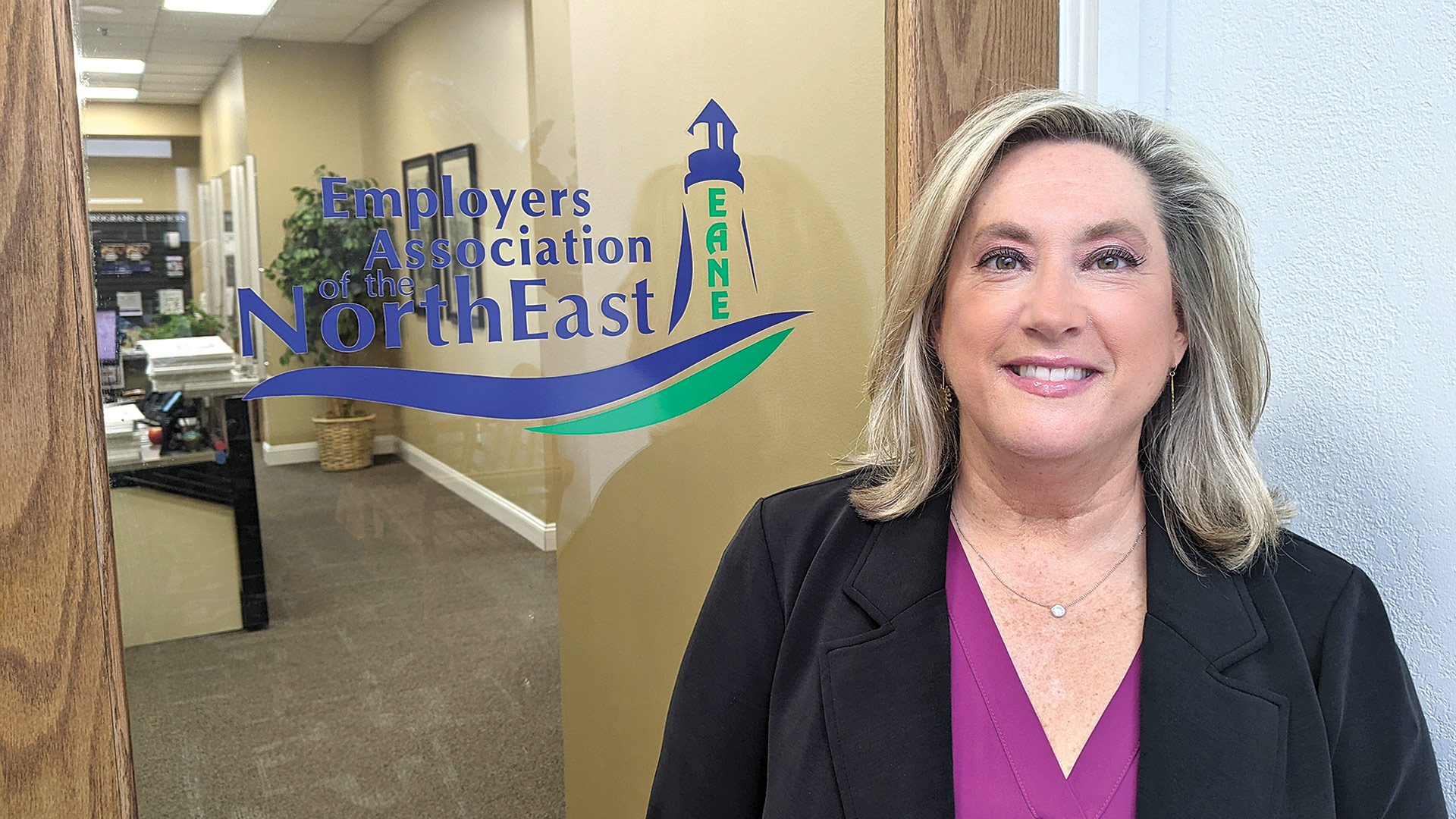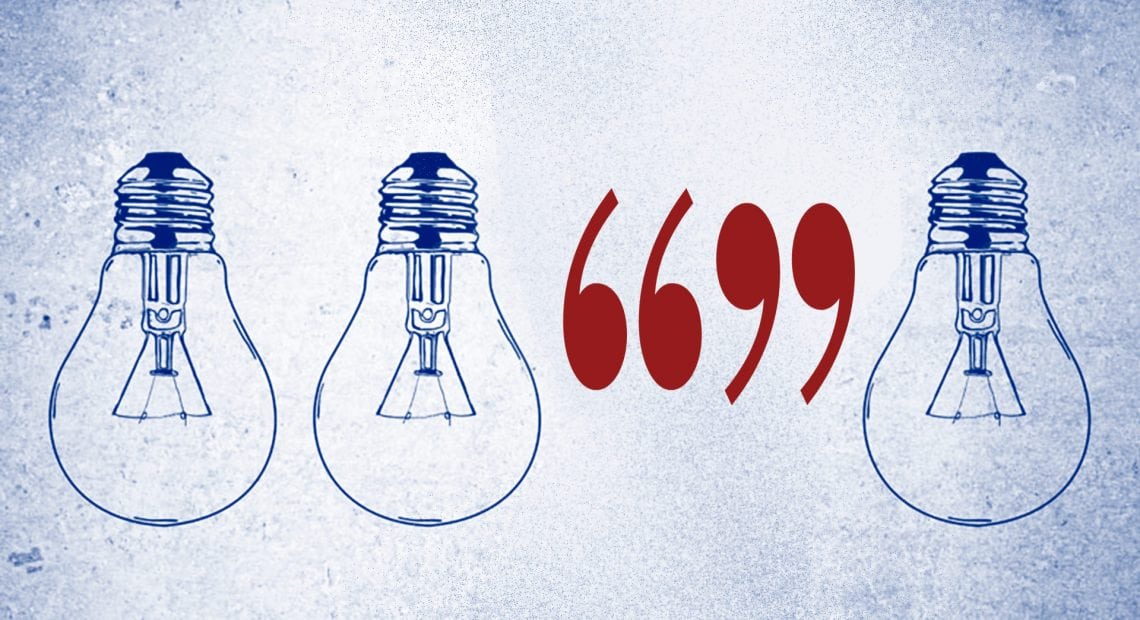Pathway of Progress

An aerial view of part of the Massachusetts Central Rail Trail.
A study initiated by the Norwottuck Network to assess the benefits of the completion of the Massachusetts Central Rail Trail (MRCT) system predicts that general health and wellness would improve and annual trail usage could quadruple, creating opportunities for overnight visitation, new jobs, increased local small businesses, and an overall economic benefit ranging from $87 to $182 million annually.
The nonprofit Norwottuck Network raised $75,000 to commission the study by Kittelson & Associates Inc. of Boston and Cambridge Econometrics of Northampton to evaluate the potential use and health and economic benefits of completing the 104-mile, multi-use bicycle and pedestrian trail system that runs east-west between Boston and Northampton along the historic Massachusetts Central Railroad corridor.
Findings outlined in “Envisioning a Statewide Connection: Mass Central Rail Trail Benefits Study,” released in mid-May, indicate that completion of the trail would result in increased usage of up to 4 million to 5 million people annually and reduced health costs from $4.1 to $5.8 million per year. On the economic side, a completed trail would create $87 to $182 million per year in new economic activity, including $55 to $114 million in new spending by trail users and up to 1,250 new jobs.
Leaders of the nine-member Norwottuck Network board, founded in 2000, will now ask the state Department of Transportation (DOT) to evaluate construction costs and create a timeline for completion.
Currently, 55 miles of the trail are officially open, with roughly 20 miles in the planning or construction stages. Challenging sections of the trail to be completed include areas where bridges are missing, trail segments that will need to be purchased from private owners, and needed repairs to a 1,000-foot tunnel near the Wachusett Reservoir.
A completed Mass Central trail would eliminate those barriers and open those sections, and also link the rail trail system to 18 additional existing and under-development rail trails, creating a 273-mile trail network within the state of Massachusetts.
“These long walking and biking trails produce a lot of benefits. The question was, is it worth spending public money? This report unequivocally says yes, it will be worth it.”
Craig Della Penna, president of the network board, said the DOT recently conducted a study to evaluate the feasibility of reassembling segments of the Mass Central Rail Trail into a unified trail system and released findings in 2021; no action was taken because the benefits had yet to be assessed.
“This report is the next step,” Della Penna said. “And we are not surprised by these findings. These long walking and biking trails produce a lot of benefits. The question was, is it worth spending public money? This report unequivocally says yes, it will be worth it.
“Consultants never overestimate benefits in an analysis,” he added, noting they are more apt to underestimate. “There are no negatives. Tourism is the third-largest industry in the state. A completed trail would allow people to bike right out of their neighborhood and explore the state in a way they’ve never been able to do before.”
Kittelson & Associates noted that the completed network would be within 10 miles of 64% of all Massachusetts residents and would offer a boost to 19 cities and towns defined by the consultants as gateway communities — those that face social and economic challenges but retain assets such as infrastructure or major institutions.
Among the gateway communities that would benefit are Barre, Billerica, Clinton, Easthampton, Hardwick, Hatfield, Lunenburg, Marlborough, New Braintree, Oakham, Palmer, Saugus, South Hadley, Southampton, Southwick, Ware, Warren, West Boylston, and West Brookfield.
The unequivocal positive impact on these gateway communities was the one surprise for Della Penna in the report. “This is a way to focus on making these communities better,” he said. “The state can’t help you improve your house, but it can help you improve your community. This is an infrastructure project that improves communities, helps to improve health outcomes, and will generate a significant positive economic benefit.”
Evolution of a Trail
Trains running along the Massachusetts Central Railroad traveled between Boston and Northampton, serving residents and industry through the early 1900s, until struggles with maintenance, negotiations over ownership, and damage from the hurricane of 1938 led to the railway’s eventual decline.
The MCRT began to form in 1980 when the MBTA and the Massachusetts Department of Environmental Management each purchased unused sections of the railroad corridor from the Boston & Maine Railroad.
The first section of the Mass Central Rail Trail was a segment called the Norwottuck Rail Trail. Completed in 1993, the Norwottuck Rail Trail segment between Northampton and Amherst was instantly popular.
“The state can’t help you improve your house, but it can help you improve your community. This is an infrastructure project that improves communities, helps to improve health outcomes, and will generate a significant positive economic benefit.”
In 1995, community leaders and volunteers in several Central Mass. communities formed Wachusett Greenways, a nonprofit with a goal to develop the Mass Central Rail Trail segment in the Wachusett region, including Sterling, West Boylston, Holden, Rutland, Oakham, and Barre. Their work inspired other communities to build their own sections of the MCRT corridor.
Kittelson & Associates said investments in multi-use trails throughout Massachusetts have provided meaningful economic and health benefits, and long-distance, continuous trails have greater impact. They attract through-cyclists and overnight visitors, which, in turn, results in increased spending on lodging and restaurants.
As part of its study, Kittelson & Associates surveyed current Mass Central Rail Trail users, receiving responses from more than 2,000 participants. These are among the findings:
• If the trail is completed, 26% of current users would use the MCRT for shopping, 16% to commute to work, 5% to commute to school, and 86% to access parks and other features;
• Ninety-three percent of respondents anticipate using the MCRT more frequently and traveling on the trail for longer distances; and
• Almost 50% would take a multi-day trip.
Other findings were based on economic and health results associated with use of the Erie Canalway Trail in New York and the Great Allegheny Passage in Maryland and Pennsylvania. These trails generate $253 million and $121 million per year, respectively, so the planners on the team of consultants estimate the MCRT could generate between $117 and $212 million annually.
“The MCRT shares many characteristics with these two trails, including similar tourism opportunities,” the report notes. “It would connect historic towns and improve access to outdoors destinations, such as rural areas outside of the Quabbin Reservoir area and in the Connecticut River Valley.”
The MCRT has an additional benefit in that it connects numerous rail trails in the Boston metropolitan area as well as Northampton and Amherst, which provide a second population anchor that will encourage travel along the completed route. One of the 18 trails that connects to the MCRT is the longest interstate rail trail in New England, the New Haven & Northampton Canal Greenway.
Broad Impact
Existing trail systems generate 1.3 million annual visits, with 15,000 overnight trips, giving Kittelson & Associates cause to estimate the completed MCRT would bring between 4.1 million and 5.5 million visitors, including 120,000 to 390,000 overnight visits.
Visitors to the existing MCRT currently spend about $19 million annually, and spending is expected to increase to between $74 million and $133 million annually for the completed MCRT.
The completed MCRT could also generate an increase of $87 million to $182 million from the economic activity associated with the existing sections of the MCRT, including up to roughly 1,500 new jobs, for total economic activity estimated at $117 million to $212 million.
Della Penna, a longtime advocate of rail-trail systems said of the study and next steps, “it’s big, and it’s ongoing.”
More than 10,000 volunteers across the state are involved in developing bicycle and pedestrian trails in the state. To read the report detailing the benefits of linking the undeveloped segments of the Mass Central Rail Trail into one unified multi-use trail across Massachusetts, and to learn more about the MCRT, visit masscentralrailtrail.org. To learn more about the Norwottuck Network, visit nnnetwork.net/about-us.









 “If you are a property owner, it is important to understand the tax benefits that come with owning rental properties.”
“If you are a property owner, it is important to understand the tax benefits that come with owning rental properties.”





 For years, people have been aware — at least vaguely — of the benefits of electric cars, especially energy conservation and savings on gasoline. But according to at least one survey, a general lack of awareness still surrounds these vehicles, especially when it comes to their often-surprising road performance. Yet, electrics and hybrids are gaining momentum, as evidenced by the number and variety of models being introduced to the marketplace — a group that might soon include larger SUVs and trucks.
For years, people have been aware — at least vaguely — of the benefits of electric cars, especially energy conservation and savings on gasoline. But according to at least one survey, a general lack of awareness still surrounds these vehicles, especially when it comes to their often-surprising road performance. Yet, electrics and hybrids are gaining momentum, as evidenced by the number and variety of models being introduced to the marketplace — a group that might soon include larger SUVs and trucks.


 It’s called the Setting Every Community Up for Retirement Enhancement Act, and it was signed into law just a few weeks ago and took effect on Jan. 1. It is making an impact on taxpayers already, and individuals should know and understand its many provisions.
It’s called the Setting Every Community Up for Retirement Enhancement Act, and it was signed into law just a few weeks ago and took effect on Jan. 1. It is making an impact on taxpayers already, and individuals should know and understand its many provisions.






